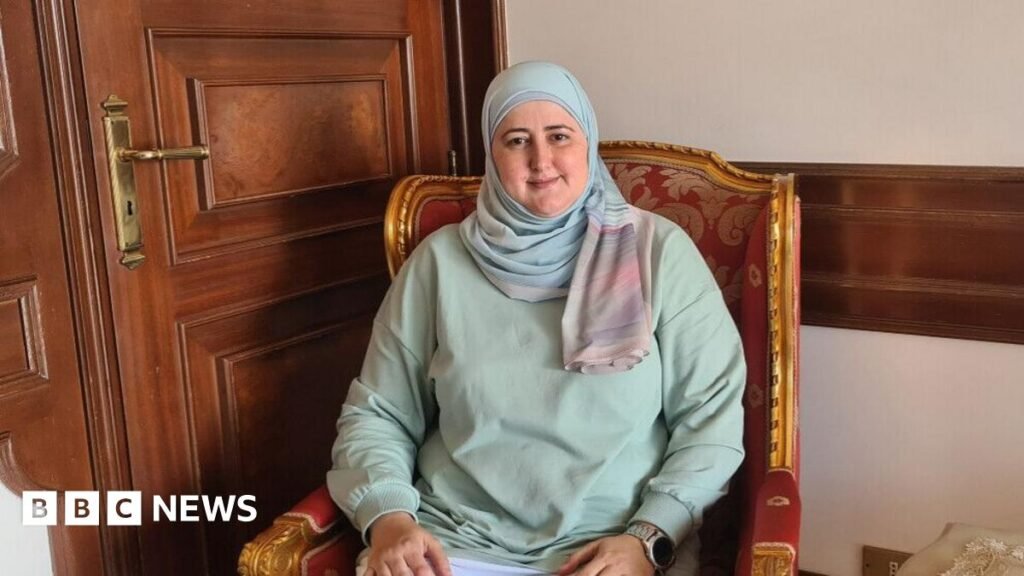Last November, Israel and Lebanon agreed on a ceasefire. Despite some skirmishes, it was mostly preserved. But people on the ground say aid has not improved.
International NGO Islamic Relief told the BBC that “conflict, destruction and evacuation orders have caused continuous displacement in Lebanon, making it difficult to assess and meet the needs of the population amid a changing situation.”
But it is not only the war that hinders the distribution of aid.
Bilal Meri, a volunteer working with Hania, says many of the challenges they face are related to the “high demand but lack” of aid.
He attributes this to the deep economic turmoil that has engulfed the country since 2019, meaning that the Lebanese government has had to rely heavily on financing goods from creditors and aid organizations.
But even NGOs feel the crisis. UNICEF Lebanon says that with only 20% of the funding it needs, it “continues to face a huge funding gap”, meaning the charity is unable to support families when they need it most.
Can this helpful bot make a tangible difference in a country wracked by financial problems and war?
This is the first time researcher John Bryant of the Overseas Development Institute think tank has heard of a chatbot being used in this way in the humanitarian sector.
He says the cultural context in which it is used is commendable. That is, with knowledge of “the channels people use to talk to and meet each other in their native language.”
However, he is not sure about its scalability, as what works in Lebanon is not so easily replicated in other parts of the world.
“More often than not, technology offers standard cookie cutters.
“It’s local designers, local translators, trusted interlocutors and elements of this system that turn digital tools into something useful,” he says.
Aidbot may not be able to offer a solution to all of Lebanon’s problems, but it has made life a little easier for the families who use it.
Additional reporting by Ahmed Abdullah

